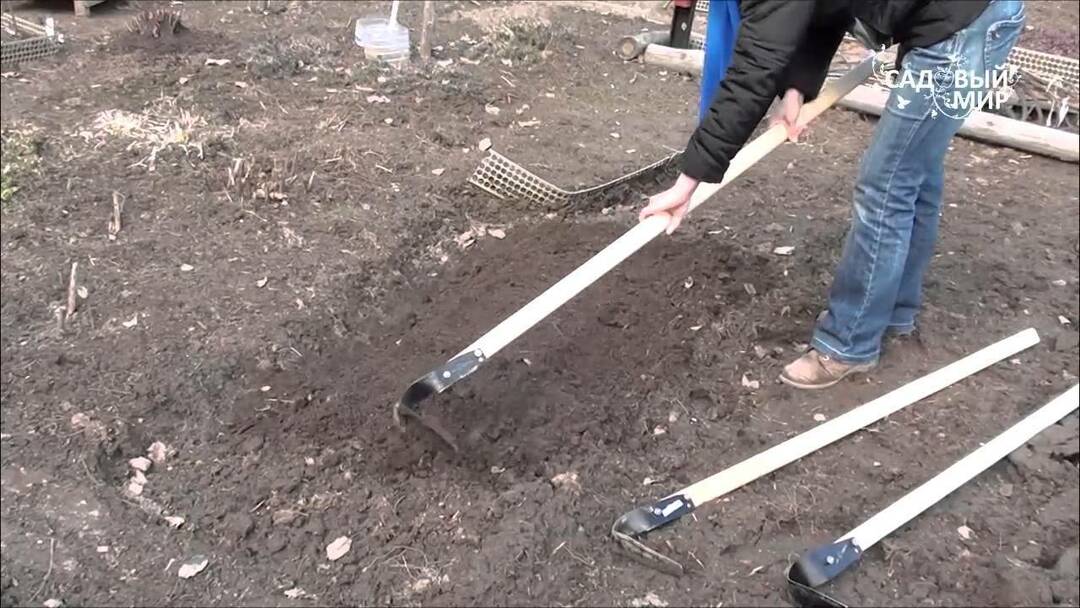Frost protection of pipes is carried out in several ways. The main option is pipe insulation, especially in hazardous areas where the likelihood of freezing is highest. Along with this, it is recommended to install a heating cable. These and other methods of prevention are described in the presented material.
The content of the article
- The use of insulation
- Heating cable
- other methods
The use of insulation
Frost protection starts by identifying the most vulnerable areas in terms of exposure to cold. These include the point of water intake, i.e. the exit of the pipe from the well, as well as the zone of its entrance to the house. This must be taken into account even during installation - the pipes must lie at a depth of at least 1.5 m. But this is not enough - protecting the water supply from freezing requires mandatory insulation of the structure.
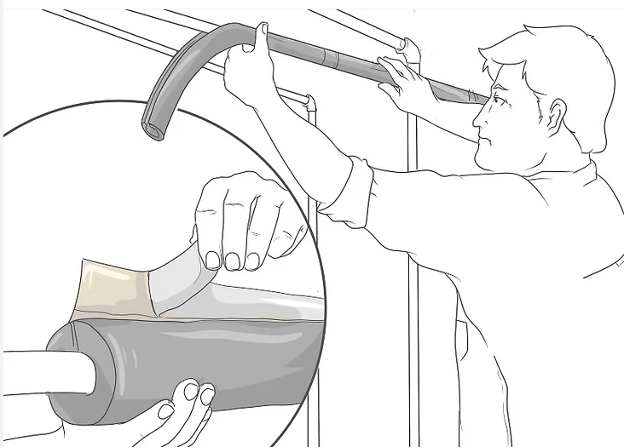
For this, the following materials are used:
- Stone wool has good thermal insulation properties and is resistant to temperature changes. But it is not resistant to moisture - after freezing and subsequent thawing of the droplets, the material crumbles. Therefore, when insulating with wool, high-quality waterproofing is necessarily used.
- Pipes are increasingly protected with polyethylene foam. The material is inexpensive, resistant to both temperatures and moisture. It is better to take those species that have a layer of foil. Then the insulation will be most effective.
- Expanded polystyrene is another artificial insulation that is strong and durable. It is convenient to install it - the cell consists of 2 halves, which are placed around the pipe and glued together.
- Styrofoam also provides freeze protection for domestic plumbing. But compared to polystyrene foam, it is not as durable. Therefore, during installation, it is imperative to install a box of concrete or brick.
- Paint with thermal insulation properties is not the most common material. It is quite expensive, so you can apply such a composition only in those areas that cannot be insulated by other methods.
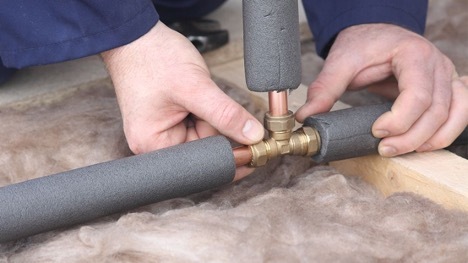
Heating cable
Non-freezing plumbing can also be done using a heating cable. This is the most reliable method of protection, which practically guarantees the safety of pipes even in harsh winters. The cable is laid along the surface of the pipe or wound, moving in a spiral. There is another way - to lay inside the pipe, but it requires more complex installation.
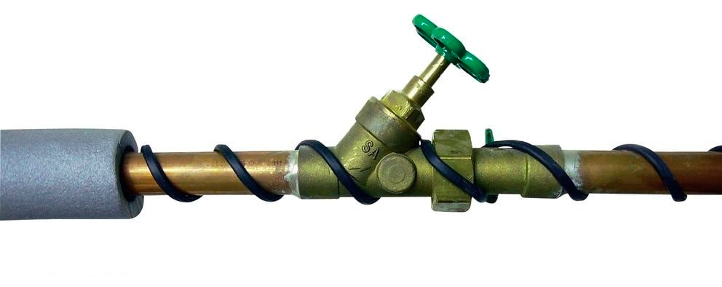
The cable is sold complete with other important elements:
- thermostat to maintain the temperature level in a certain range;
- thermostat - allows you to choose the temperature;
- plug for network connection.
This method, how to protect pipes from freezing, can be considered the most effective. And if you also install thermal insulation, for example, from expanded polystyrene, the pipeline is guaranteed not to freeze. But it is worth considering that it is not necessary to lay a heating cable along the entire pipe. This should be done only in hazardous areas: at the entrance to the house and the exit from the distribution well.
other methods
Heating of water in the pipe from freezing is carried out using a cable, and insulation is provided by heaters. Along with this, there are other, simpler ways by which you can maintain a positive temperature of the circuit:
- Keep the heating system on. This is especially important if you plan to leave for several days or weeks.

- Let the tap drain - open it a little and make sure that the water often drips. This reduces the pressure, which provides additional protection.
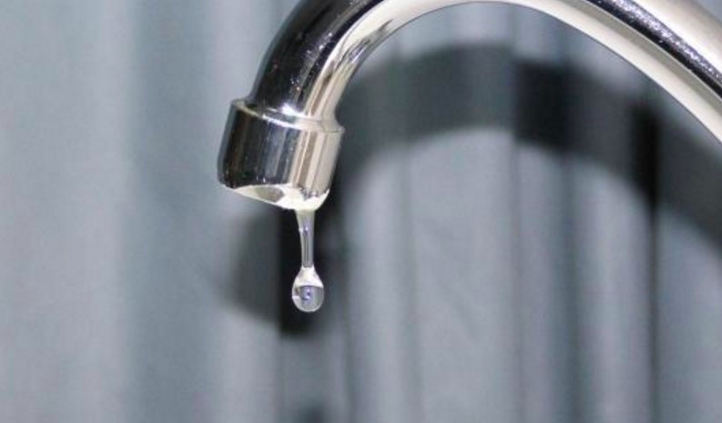
- Seal all holes, cracks - for this you can use ordinary sealant or mounting foam.
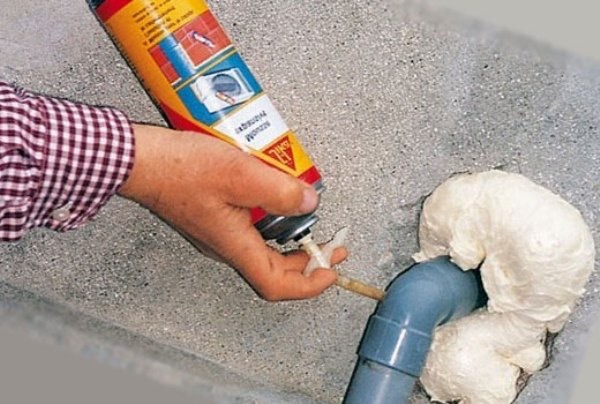
Thus, it is not so difficult to protect the water supply from freezing. It is best to think about thermal insulation even during its laying. Moreover, it is especially important to lay insulation in dangerous areas - the exit from the well and the entrance to the house. If you also use a heating cable, there will be no problems with freezing.
